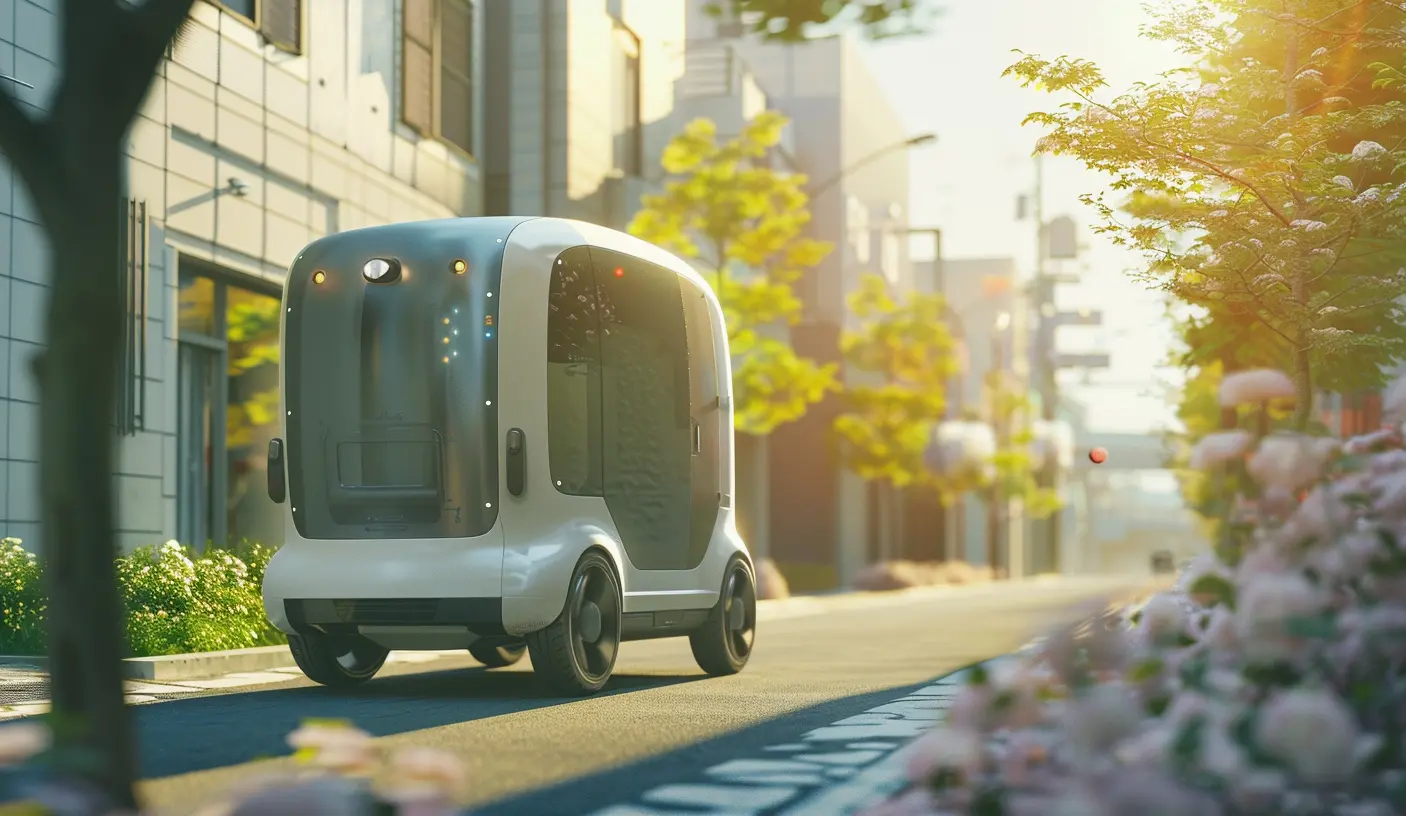
WIRELESS CHARGING IN THE NEWS

In the future, Lu Yu Wireless Charging will continue to increase investment in research and development, constantly innovating and improving its technology.


The WIRELESSPT waterproof wireless charging solution, with its outstanding waterproof performance, safety and stability, as well as high efficiency and convenience, provides strong impetus for the long-lasting navigation of unmanned ships on water.


The WIRELESSPT wireless charging lawn mowing robot, with its advanced technology, outstanding performance, quiet operation and intelligent management, has brought an unprecedented courtyard maintenance experience to commercial and high-end household scenarios.


In the wave of smart logistics, the wireless charging technology of WIRELESSPT, with its outstanding performance and significant advantages, has become the energy cornerstone for the "dark" operation of logistics warehouses. It ensures that logistics robots never break down, opening a brand-new chapter of development for logistics enterprises.


The wireless charging of Lu Yu empowers unmanned sanitation vehicles, which is a perfect combination of technology and urban development. It has injected new vitality into the construction of smart cities, making them cleaner, more beautiful and smarter. Let's join hands and move forward together to embrace the bright future of smart cities!


The WIRELESSPT wireless charging lawn mowing robot is an ideal choice for commercial and high-end home scenarios. With advanced technology, efficient performance, environmentally friendly concepts and fashionable design, it brings you an unprecedented courtyard maintenance experience.


The wireless charging technology of Lu Yu is the energy cornerstone for the "dark" operation of logistics warehouses. It ensures that logistics robots never break down and provides a strong impetus for the development of smart logistics.


Looking ahead, wireless charging technology and unmanned sanitation vehicles in Shandong and Chongqing will play an even more significant role in the construction of smart cities.


The emergence of WIRELESSPT wireless charging technology has brought new opportunities for the development of service robots. It not only solves the battery life problem of service robots, enhances the continuity and efficiency of services, but also provides strong support for the intelligent upgrade of various industries.


Looking ahead, with the continuous advancement of technology and the continuous expansion of robot application scenarios, WIRELESSPT Energy will continue to increase its investment in research and development, constantly optimize and improve the "contactless" charging system, and provide more advanced and reliable charging solutions for the robot industry.


In the key tasks of police inspection, every detail is related to the safety and stability of society. WIRELESSPT wireless charging technology, as the "energy heart" of security robots, provides them with all-weather energy support, enabling security robots to always maintain the best working condition. Its emergence has not only enhanced the efficiency and quality of police inspection, but also made significant contributions to maintaining social security and stability.


It not only addresses the pain points of traditional power inspection, enhances the safety and stability of the power grid, but also saves a significant amount of costs for power enterprises. With the continuous advancement of technology, it is believed that the wireless charging technology and power inspection robots of Lu Yu will play a more significant role in the power industry, injecting strong impetus into the construction and development of smart grids.
